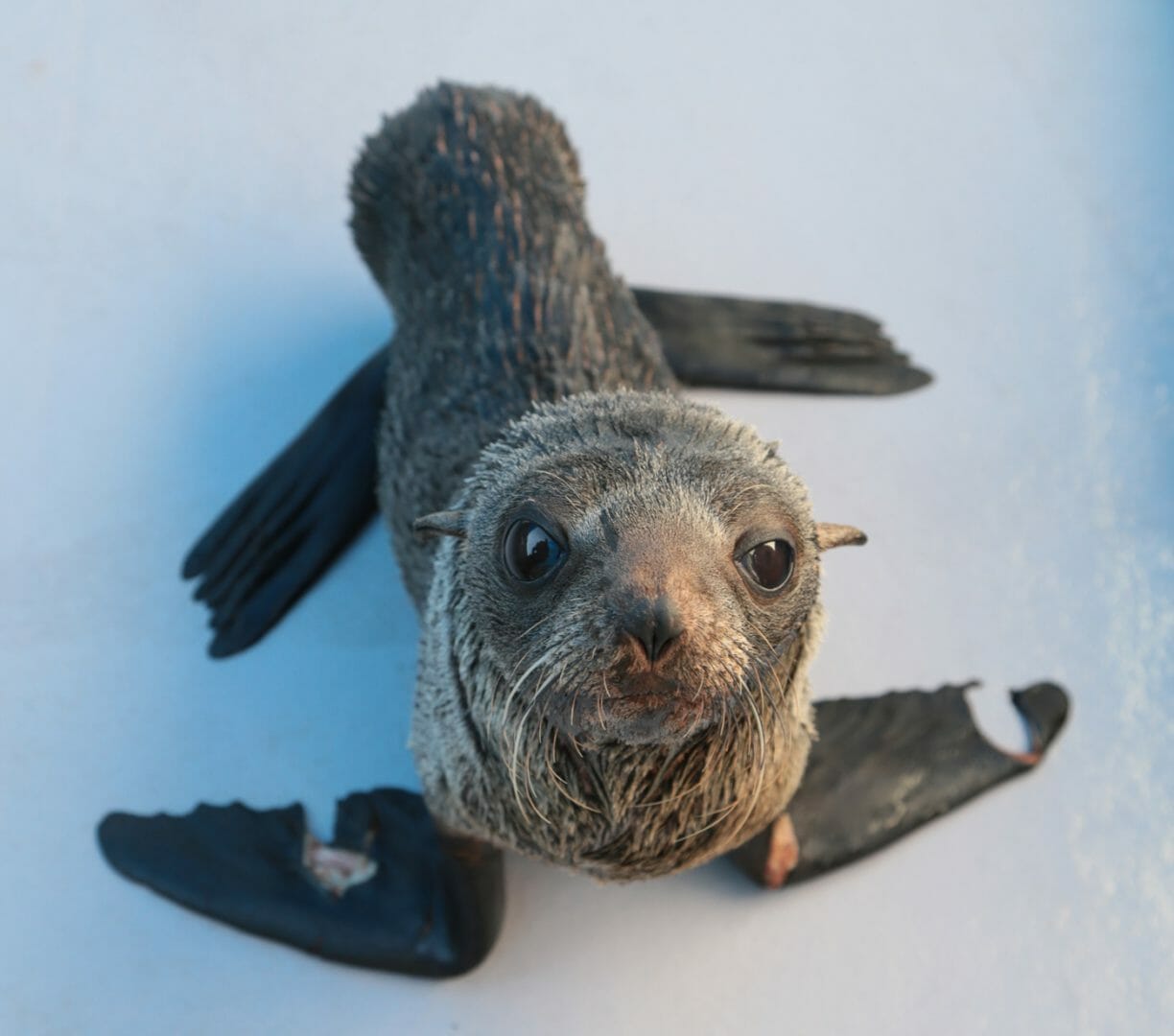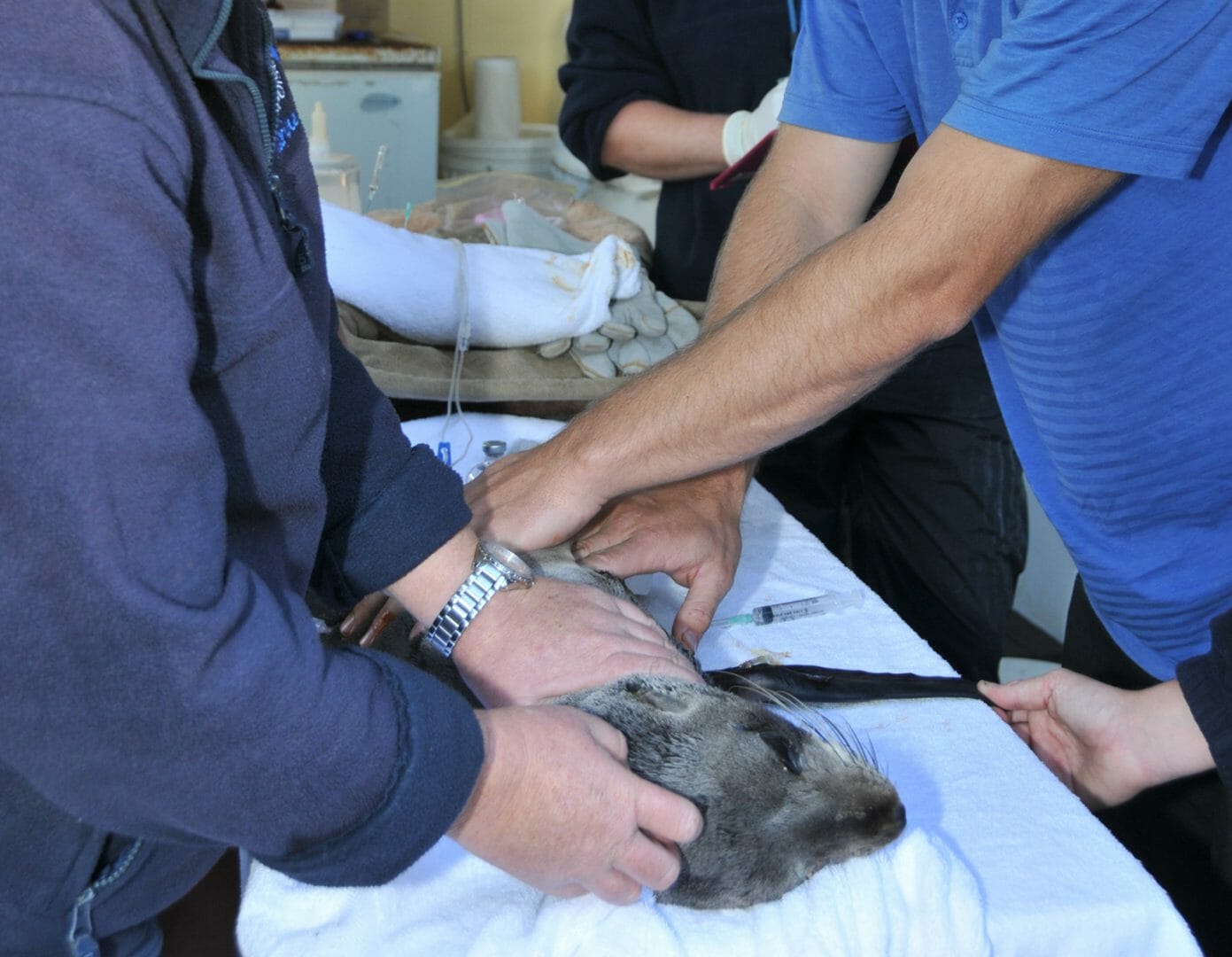Fur Seals take a shine to the Mid North Coast
They’re cute and inquisitive with a personality to boot. There’s no denying that seals are one of Earth’s most amazing creatures. So why are they on our front cover, you ask? Read on…
While our marine mammal friends are usually only seen on the south coast, the word on the grapevine is that they’re starting to love the north coast as much as we do, with increasing numbers migrating to our shores.
According to local expert and Dolphin Marine Magic Veterinarian, Dr Duan March, seal numbers on the east coast are increasing and this is largely due to an expansion in numbers and range of the New Zealand fur seal, also known as the long-nosed fur seal. “These animals disperse over a greater range following weaning and we commonly see them on the mid north coast during winter,” says Dr March.
“They generally appear between May and September and during this period we will head out and assess up to 20 of them. They are typically juvenile long-nosed fur seals that have recently weaned from their mums.”
It seems our furry friends are not only travelling up the coast – they’re visiting from abroad. “We ran some genetics on them last season and it indicated that whilst some arrive on our beaches following a migration up the coast, others are actually coming over from New Zealand,” says Dr March.

Seal pup image courtesy of Dr Duan March
While the seals are generally left to their own devices, Dr March said in some cases where they’re injured or malnourished, they’ll come into care for a month or so before being released.
There are two types of fur seals in Australia – the Australian fur seal and the long-nosed fur seal – and NSW National Parks and Wildlife Service (NPWS) are responsible for the conservation and management of these species. The conservation status of both species in NSW is listed as vulnerable.
Our friend on the magazine’s front cover is an Australian fur seal and while their northern most breeding colony is at Montague Island on the south coast, there have been recent sightings around Seal Rocks.
The small coastal town was indeed named after the Australian fur seal, however, breeding sadly no longer occurs there and there have been no sightings since around the 1970s. That is, up until now.“With a bit of luck, we might see the renewal of a breeding colony there soon,” says Dr March.

Dr Duan March providing fluids for a long-nosed fur seal
According to Senior Marine Scientist, Dr David Harasti from the NSW Department of Primary Industries (DPI), seals have been observed hauling out at Seal Rocks over the past three years with up to 20 seals recorded on Big Seal Rock in 2017. It’s not known, however, whether these seals are the Australian fur seal or the long-nosed fur seal.
Since being heavily hunted for commercial sealing from around the 1800s to well into the 1900s, Australian fur seal numbers have never really returned to what they were, with numbers estimated to be less than two-thirds of the pre-harvest numbers, according to Dr March.
Thankfully, the population is increasing. The biggest threat to this particular species is being out competed by the long-nosed fur seal. “We have seen some hybridisation occur between these two species so perhaps in the future this will become more common – if you can’t beat them, join them!” says Dr March.
And what of seals for the future? Dr March has high hopes.“I think we will see increased numbers of long-nosed fur seals colonising these areas. Hopefully the Australian fur seal can keep up.”
Just a word of advice, if you happen to see one in your travels, Dr March recommends appreciating them from a 30-metre distance. They may be cute, but just like humans; they too have their cranky days.




